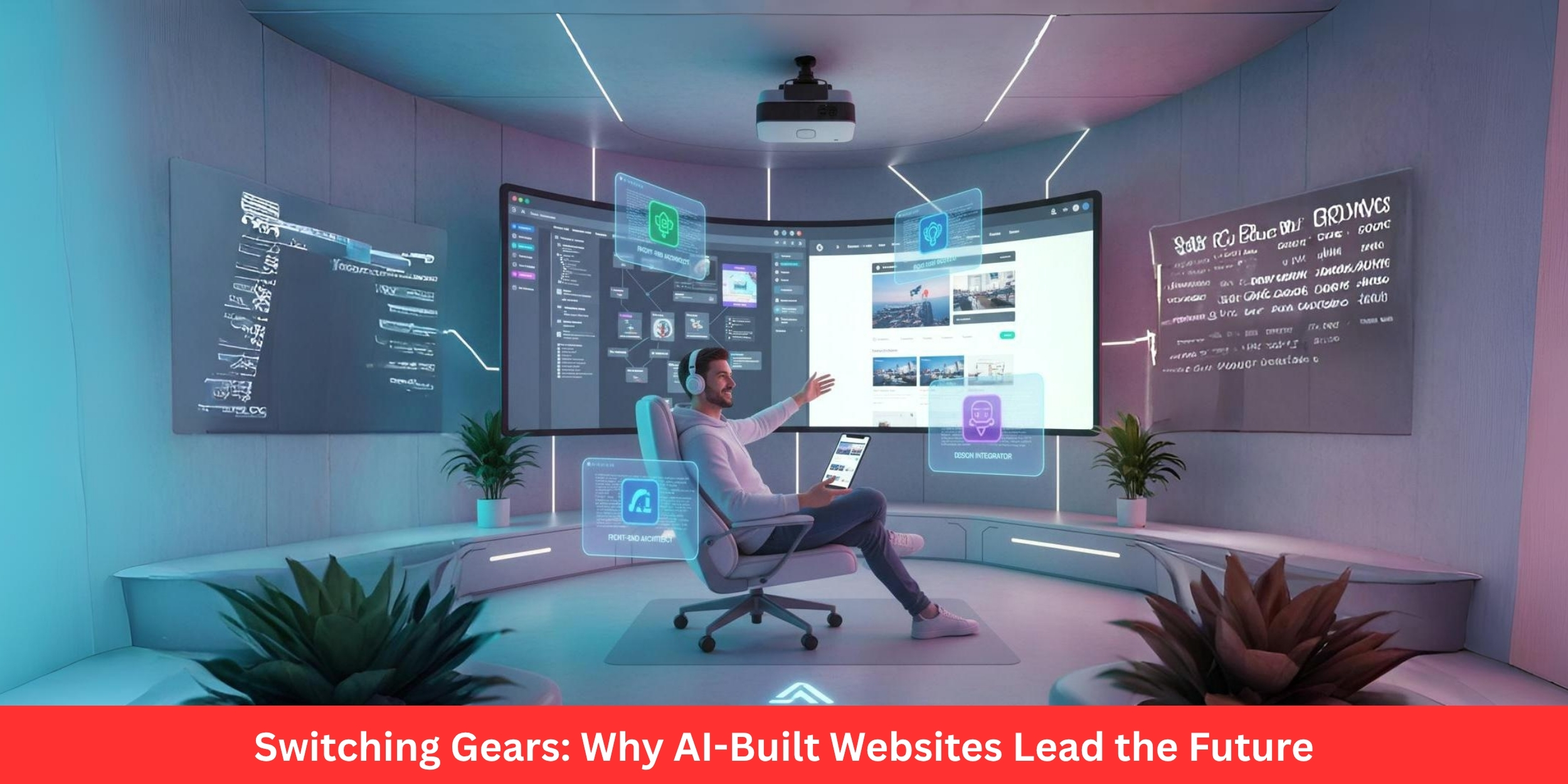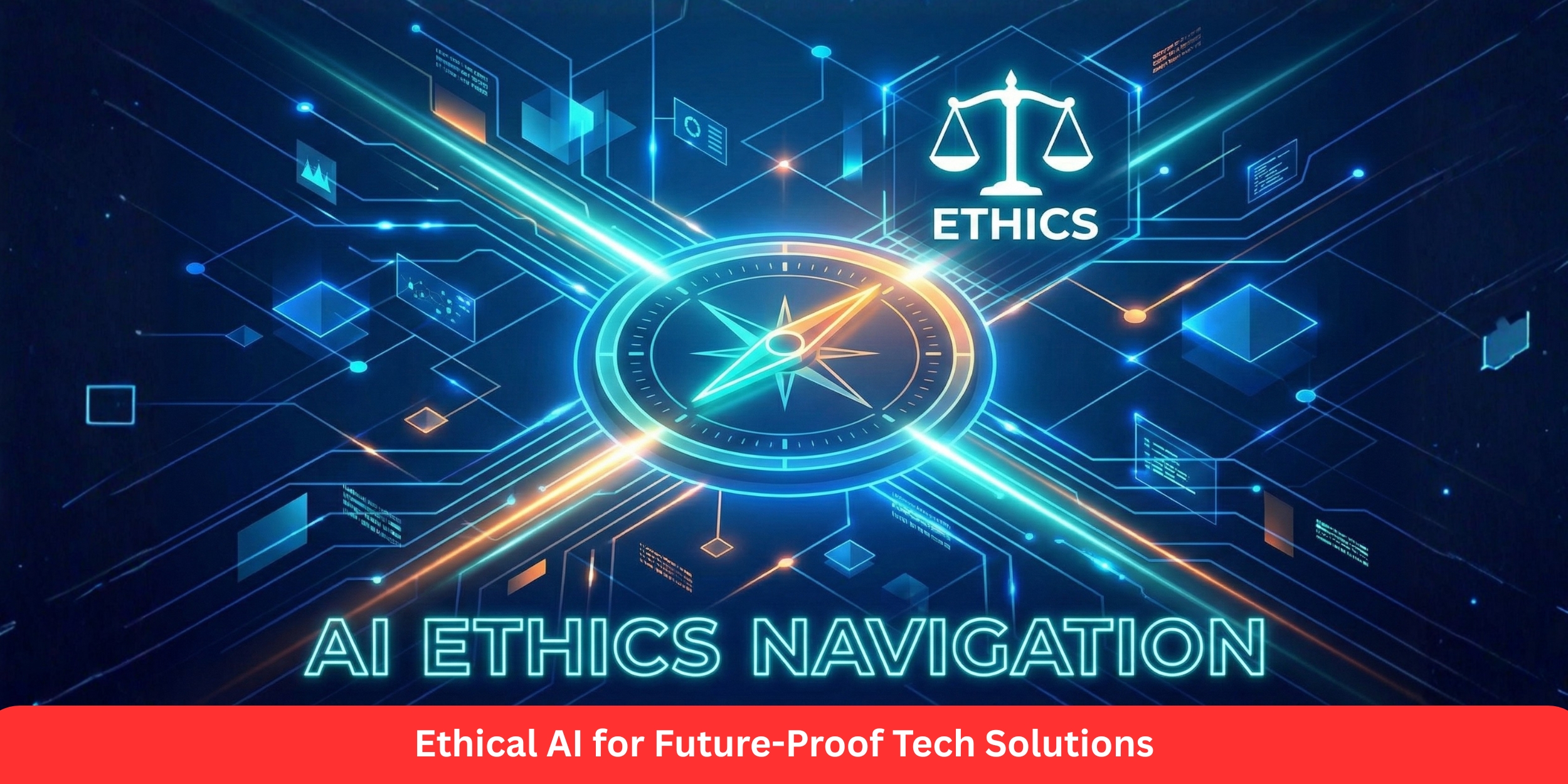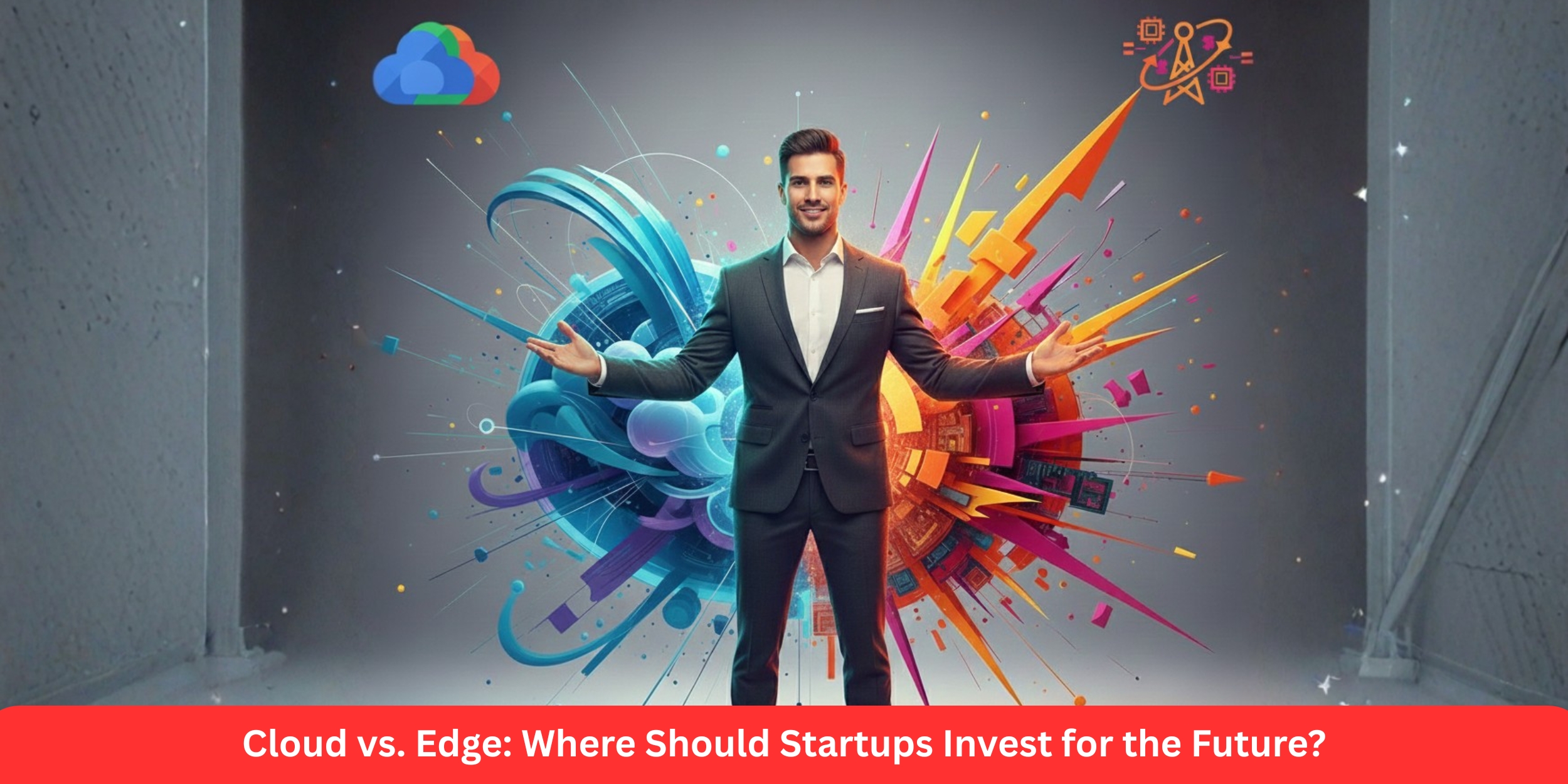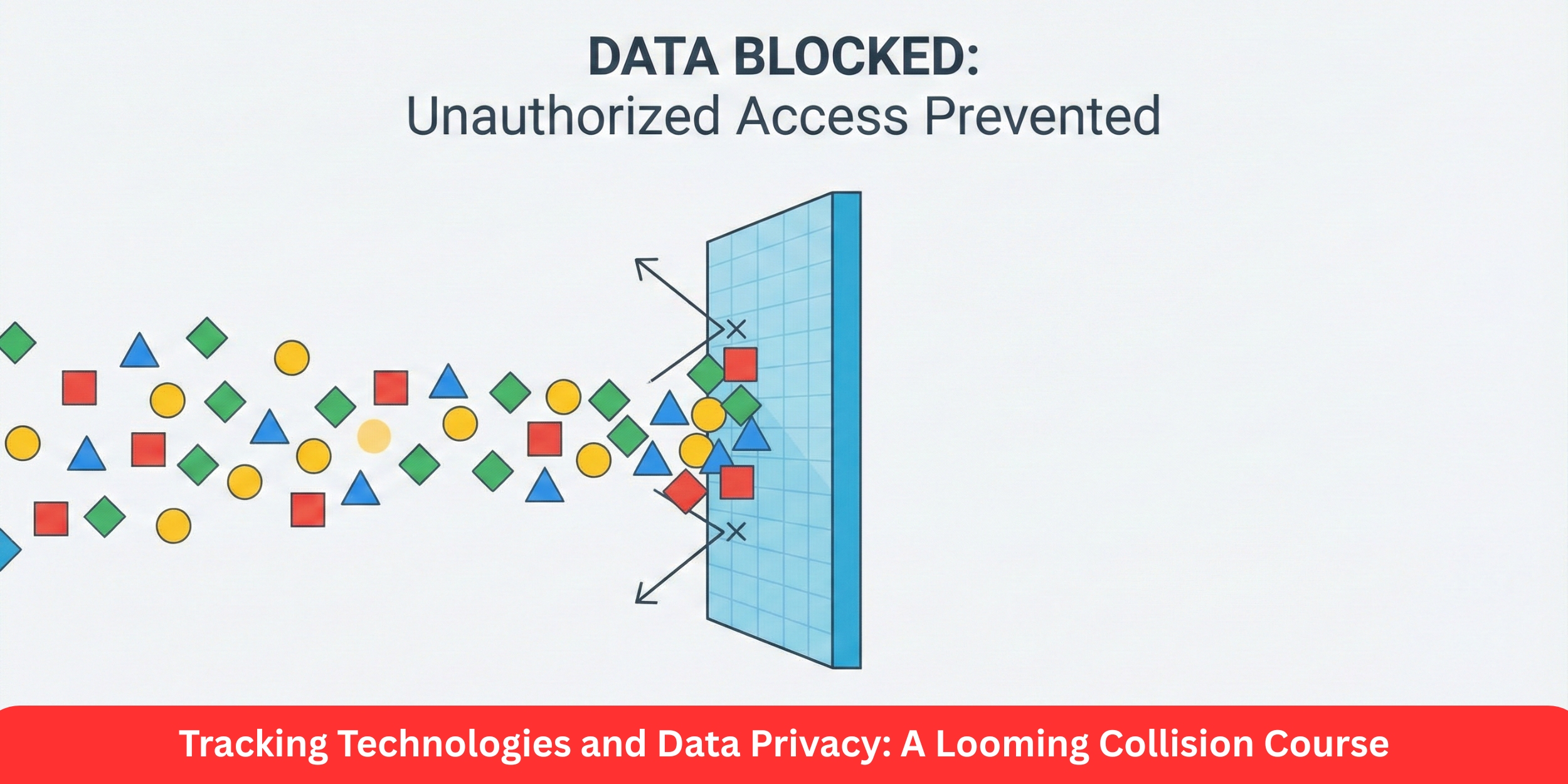
The Moment We Switched Gears
For years, building a website felt like fixing an old car. Designers tuned visuals. Developers checked the engine code. Marketers pumped the fuel content. But lately, something’s changed. The web doesn’t move at the same pace anymore. It’s faster, sharper, smarter.
We’ve switched gears.
And the new driver is AI.
Artificial Intelligence is no longer a futuristic toy. It’s the quiet force behind websites that adapt, think, and even predict what users want before they click. If the old website was static, the AI website is alive. It learns, reacts, and evolves every second.
Section 1: The Old Gears of Web Development
Traditional websites were built on a chain of manual tasks: designers sketching layouts, developers coding from scratch, and content teams writing to fill space. Every update needed human hours, coordination, and testing.
This process worked fine in the early 2000s. But today, it’s like driving a stick shift on a highway full of Teslas.
Manual websites struggle with:
Slow adaptation: Every tweak requires technical input.
Rigid design: Templates feel outdated quickly.
Limited data use: Human teams can’t analyze millions of user behaviors in real-time.
Businesses don’t have the luxury of waiting weeks for an update anymore. When users expect personalization, speed, and relevance, old gears simply grind.
Section 2: Enter AI: The Silent Engineer Behind Modern Digital Experiences
AI doesn’t “replace” humans. It enhances what humans create. Think of it as the invisible engineer working under the hood optimizing performance, cleaning data, predicting what users will love next.
An AI website uses algorithms to:
Build layouts automatically based on brand identity.
Analyze traffic patterns and suggest design or content tweaks.
Optimize SEO structures, images, and CTAs in real-time.
Generate natural-language content that fits user intent.
AI brings logic to design. It studies what works and what doesn’t, continuously. A designer might guess which color boosts conversions. AI tests ten colors, measures results, and picks the best in seconds.
This isn’t automation for the sake of speed. It’s learning for the sake of meaning.
Section 3: What Makes an AI-Built Website Different
An AI-built website isn’t just faster, it’s smarter. Let’s unpack what that means.
1. Adaptive Design
Traditional sites are designed once. AI sites redesign themselves constantly. They adjust font sizes, image placements, and even button colors based on user behavior.
2. Predictive Experience
AI reads data like a language. It knows what users will do next which pages they’ll visit, what they’ll skip, and what they’ll buy.
3. Content Personalization
Instead of one message for all, AI websites craft messages for each visitor. A first-time user sees discovery-focused content. A returning user gets a personalized offer.
4. Efficiency and Cost
AI tools like Wix ADI, 10Web AI, or Durable.co can build full websites in minutes with built-in SEO and conversion-focused design.
The result? Businesses spend less time managing tech and more time growing relationships.
Section 4: How AI Websites Are Changing Business Outcomes
AI isn’t just a technical shift; it’s a commercial revolution. Here’s how:
1. Smarter Conversions
AI websites monitor real-time data. They adjust calls-to-action, page flow, and pricing models to boost conversions dynamically.
2. Continuous Optimization
No need to relaunch. AI continually tunes the website daily, much like Netflix adjusts its recommendations.
3. Voice and Visual Search Readiness
AI websites are naturally compatible with voice search and visual inputs, allowing businesses to reach audiences beyond text-based browsing.
4. Human Insight Amplified
While AI handles the data and structure, humans focus on empathy, storytelling, and strategy the parts that truly connect with audiences.
AI doesn’t remove emotion from marketing. It amplifies it by giving creators time to focus on what makes content human.
Section 5: Emotional Trust and Human Touch in AI Design
Here’s the paradox: we fear AI because it feels cold. But the best AI websites are designed to feel warm.
Through behavioral data, sentiment analysis, and predictive design, AI learns what tone, color, and story make people trust a brand.
Example:
An AI tool might detect that users linger longer on pages with human faces or short testimonials. It then recommends shifting visuals to increase emotional connection no guesswork, just human insight scaled.
The emotional layer still belongs to us. AI just translates it into design precision.
Section 6: The Real-World Future of AI-Built Websites
The future of AI websites isn’t far it’s here. But its potential is still unfolding.
We’ll soon see:
Conversational websites that respond like a human assistant.
Self-healing sites that detect and fix bugs automatically.
AI-driven creativity, where design tools co-create brand identity with you.
For creators, that means less time wrestling with code and more time telling meaningful stories.
For users, it means browsing experiences that feel natural, personal, and intelligent.
And for businesses, it means one thing: staying relevant in an age where the web thinks for itself.
Conclusion: Switching Gears for Good
We’re not replacing human creativity. We’re evolving it.
AI is not here to dominate the web. It’s here to design it with us.
It’s the new gear that makes every part of the machine run smoother, faster, and smarter.
When creativity meets computation, websites stop being digital brochures. They become living systems learning, adapting, and serving with purpose.
So, when you think about building your next site, don’t just ask, “How will it look?”
Ask, “How will it learn?”
Because the future of web design isn’t about clicks. It’s about connection powered by AI, built by humans.
FAQs
1. What is an AI-built website?
An AI-built website uses artificial intelligence to automate design, content, and optimization tasks. It learns from user data to deliver personalized experiences and improve performance over time.
2. Are AI websites replacing human developers?
No. They complement them. AI handles repetitive and data-heavy tasks, freeing humans to focus on creativity, strategy, and empathy-driven storytelling.
3. How does AI improve website performance?
AI analyzes behavior, traffic, and engagement to optimize elements like layout, load time, and SEO automatically. This keeps the website performing at its peak without constant manual updates.
4. Is an AI website more expensive than a traditional one?
Initially, AI websites can be cost-efficient since they reduce design and maintenance costs. Over time, they save even more by automating updates and improving conversions through smart personalization.
5. What’s the future of AI in web design?
Expect AI websites to become fully conversational, voice-optimized, and adaptive, adjusting dynamically to every visitor’s intent and emotion.





